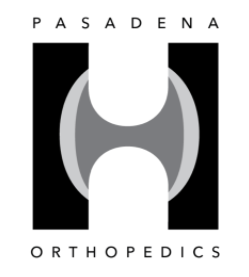Metatarsus Adductus
- Pasadena Orthopedics, Inc.

- May 12, 2022
- 2 min read
Before & After


We’re on our feet all the time. Whether it’s for our occupation, sports, or just day-to-day life, our ankles and feet are put under a great deal of stress. That constant stress can lead to chronic ankle and foot pain, as can a variety of other health conditions. Dr. Shirazi will work to help you eliminate that pain with one of many conservative and/or surgical treatment options.
The Condition
‘Metatarsus Adductus’ (MTA) deformity of the foot affects approximately 30-35% of patients with symptomatic hallux valgus; also known as bunions. This compound pathology increases the risk for deformity recurrence in 30% of cases if not managed properly from a surgical perspective. Patients that have this foot deformity are born with the problem and it does not spontaneously resolve with age or growth. The deformity becomes rigid and fixed as patients reach skeletal maturity. The long bones of the foot called the metatarsals are all deviated toward the midline of the body.
Patients with MTA appear to have severe bunions with a deviation and painful crowding of the great toe and lesser toes. Fitting shoes can also be very difficult due to a mismatch in foot width. Patients tend to have a very wide forefoot and a narrow hindfoot. The prominence of the big toe joint becomes impinged when wearing shoes. This creates a source of frequent irritation and pain that can ultimately result in nerve injury, limitation in motion, and joint arthritis.
The Treatment
The systematic approach to the surgical correction of combined hallux valgus and metatarsus adductus deformities provides the benefit of a standard reproducible surgical approach that achieves tri-planar correction at multiple joints to fully correct the compound deformity. This technique supports early weight bearing for mild, moderate and severe deformities.
This surgical technique was first described and published in the Journal of Foot and Ankle Surgery. It makes use of specialized instrumentation he and his colleagues specifically designed to cut, manipulate and reduce the lesser tarsal metatarsal joint deformities prior to addressing the bunion via Lapiplasty® 3D Bunion Correction. This technique provides patients the benefits of a reproducible approach that facilitates the use of locking plate technology to maintain the correction at multiple levels. There are other techniques as well. In our experience patients have a narrowing of the forefoot which improves foot proportions and may improve shoe wear and comfort.
Call Dr. Shirazi's office to be evaluated - (626) 517-0022


Comments